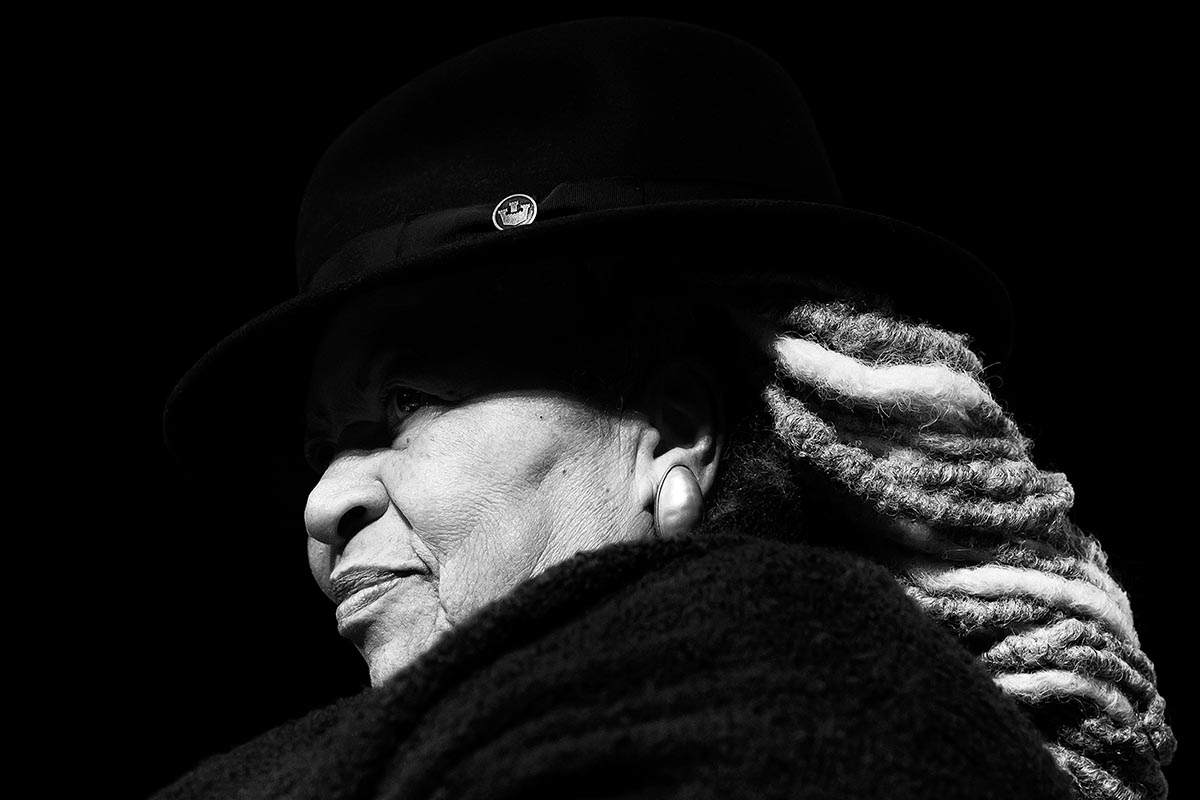The Heart of It
Beowulf Sheehan’s author portraits tell a full story.
12.31.2022
Beowulf Sheehan turns the relationship between visual and lexical imagery inside out. He believes a thousand words are worth a picture, and a book can be judged by its cover. With a single image, the New York portrait photographer gets inside an author’s mind to the extent that he’ll convince you to buy that person’s words.
Sheehan has built his career by specializing in a niche’s niche: portraits of authors. His portfolio includes such literary all-stars as Toni Morrison (at top), Neil Gaiman, Cormac McCarthy, and Roy Blount Jr., along with celebrity authors such as Oprah Winfrey, Bono, Yoko Ono, and Questlove. His book “Author: The Portraits of Beowulf Sheehan” includes a foreword by Salman Rushdie, whom Sheehan has photographed several times.
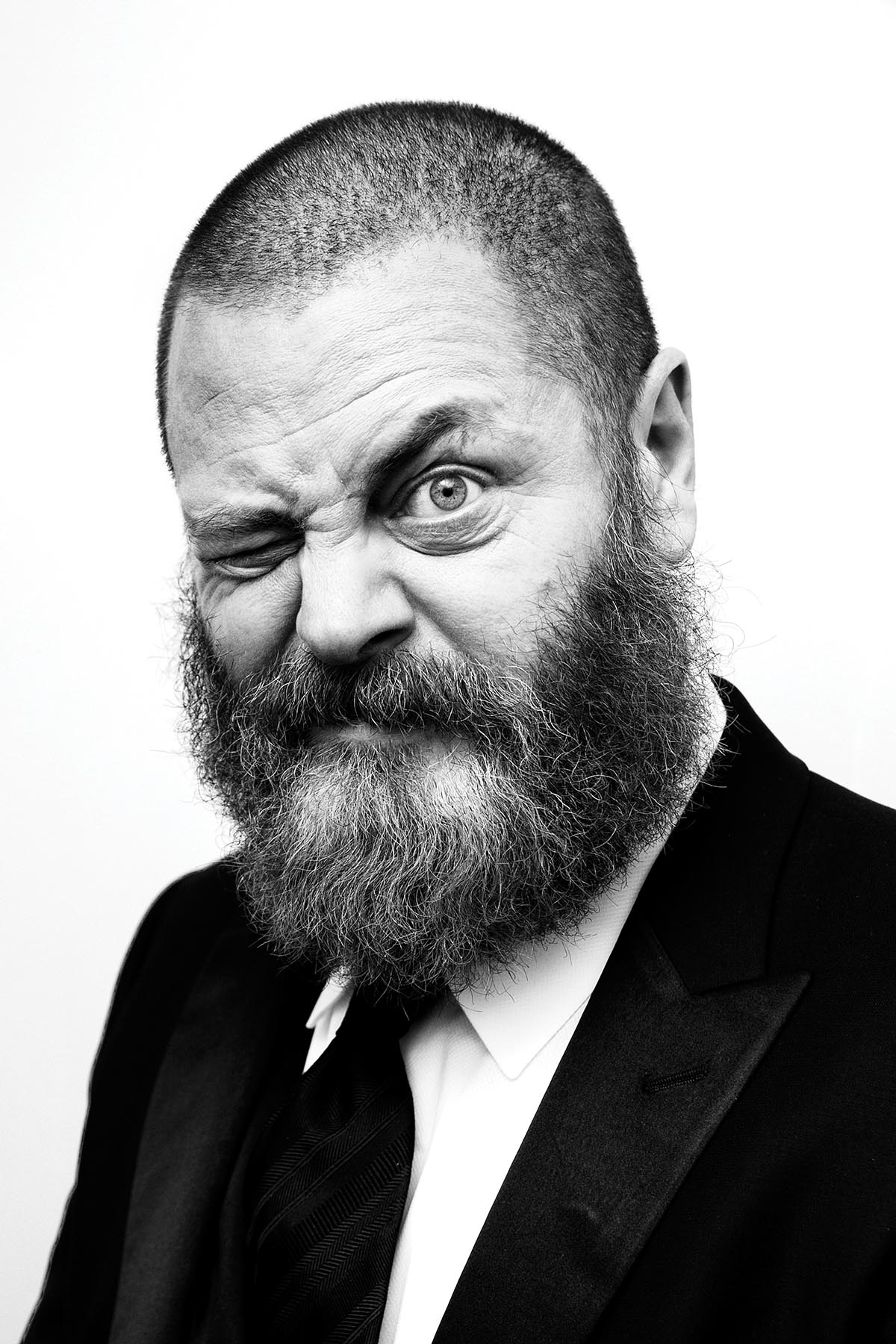
Nick Offerman
A CELEBRATION OF DIFFERENCE
You’ll discern no Sheehan aesthetic in his portfolio. He can seemingly manage any style to complement a subject. His color images include an arms-crossed Cathy Park Hong looking into the camera before a leafy background; a grinning Martin Scorsese, dressed in a dark blue suit, set against a black background; and the smiling face of President Joe Biden in a white shirt contrasting the pale blue sky beyond. Among Sheehan’s black-and-white images are Lou Reed in contemplative mode against an unlit background; Madeline Miller surrounded by a richly lit jumble of tree branches; Fran Lebowitz coyly reading Nancy Drew’s “The Ringmaster’s Secret” amid stacks and shelves of books; and an impressionistic image of Neko Case’s forearms declaring “Scorned as Timber” and “Beloved of the Sky.”
This diversity of image-making is the embodiment of what Sheehan believes are the three tools essential to being a great portrait photographer: curiosity, empathy, and patience. “Curiosity being an in to actually caring about the person in front of you,” he says. “You want to know what’s going on in his, her, or their heart and, in turn, in that person’s body and face. Empathy means there’s a context which allows me to connect to that person.” He does his homework before photographing his subjects, most essentially by reading the book his portrait will be adorning. “In reading the work, giving myself a chance to take in that person’s art before I have time with them, gives me a chance of empathy.” Patience allows time to be comfortable around others, letting that person become themselves, then photographing them.

President Joe Biden
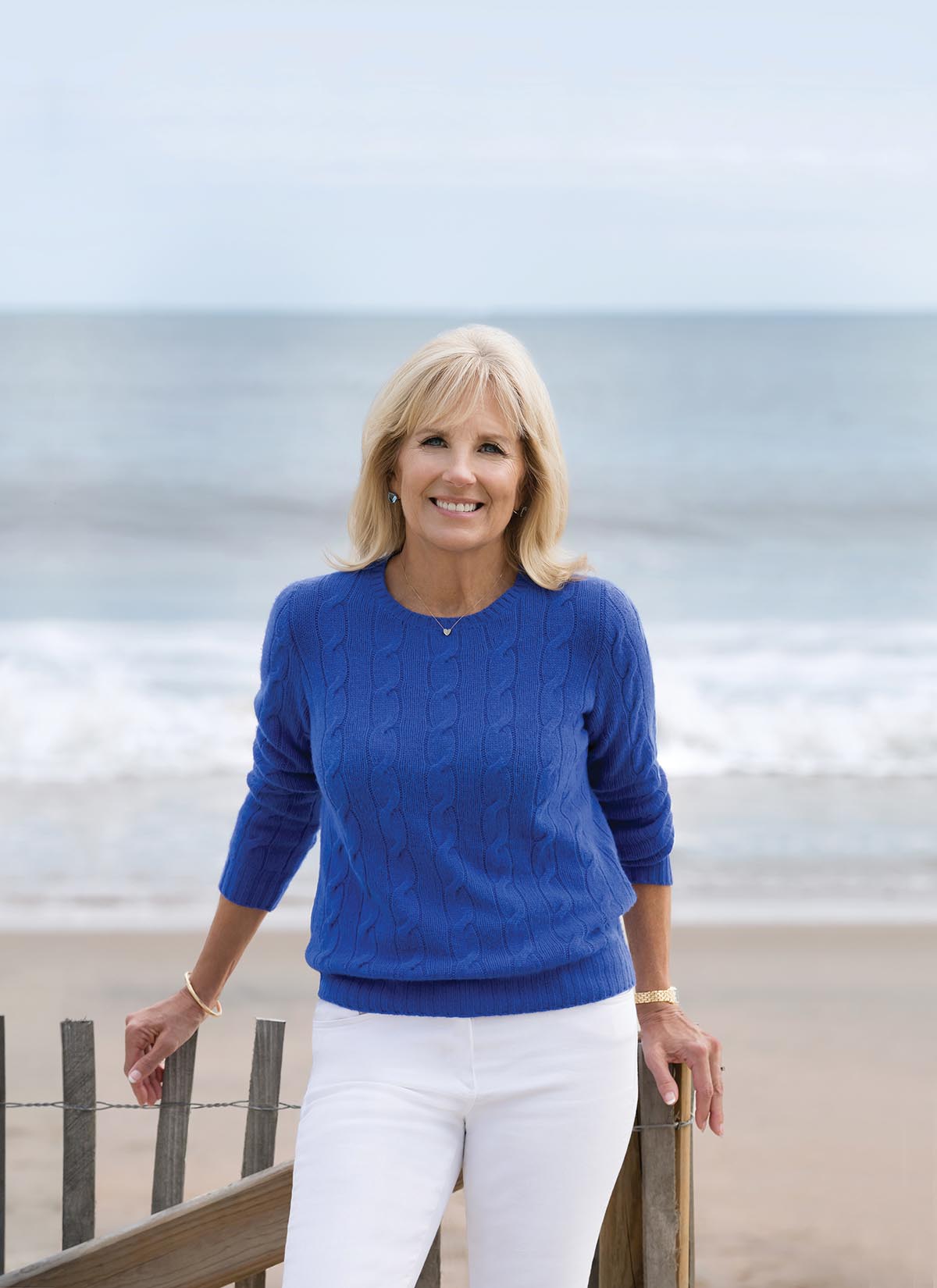
Jill Biden
In his black-and-white portrait of Jeremy Irons, the author is smoking a thin cigarette held in his fingertips near his mouth. He’s wearing a battered straw hat and bandana done up as a tie over a collarless shirt. The British stage and screen actor emerges from a washed-out background while the sharp details of his face bear the lines and angles of a long life’s experience. “I have photographed Jeremy Irons in moments where I was speaking with him, engaging with him.” But in the moment of that photograph, the two are nine feet apart, Sheehan says, when the actor went outside for a smoke and Sheehan followed him. Under a glaring sun on a crowded New York City street, Sheehan photographed from the shadow side of Irons with an exposure washing out the background. “But the technical details don’t matter,” Sheehan says. What matters is the message the subject is sending. “And the message is, ‘I’m Jeremy Irons.’ He is unabashedly who he is, and he is wonderful. Difference should be celebrated. Every portrait photographer has the responsibility to celebrate that difference.”
Despite his technical skills, Sheehan plays down that aspect of his art. “I’m often asked what cameras I use for my work. I’ll answer the question, but the answer doesn’t really matter. To use the example of a writer, I can’t recall at a book signing or a reading a guest approaching the writer and saying, ‘That was a beautiful poem, that was a gorgeous story, what laptop do you use?’”
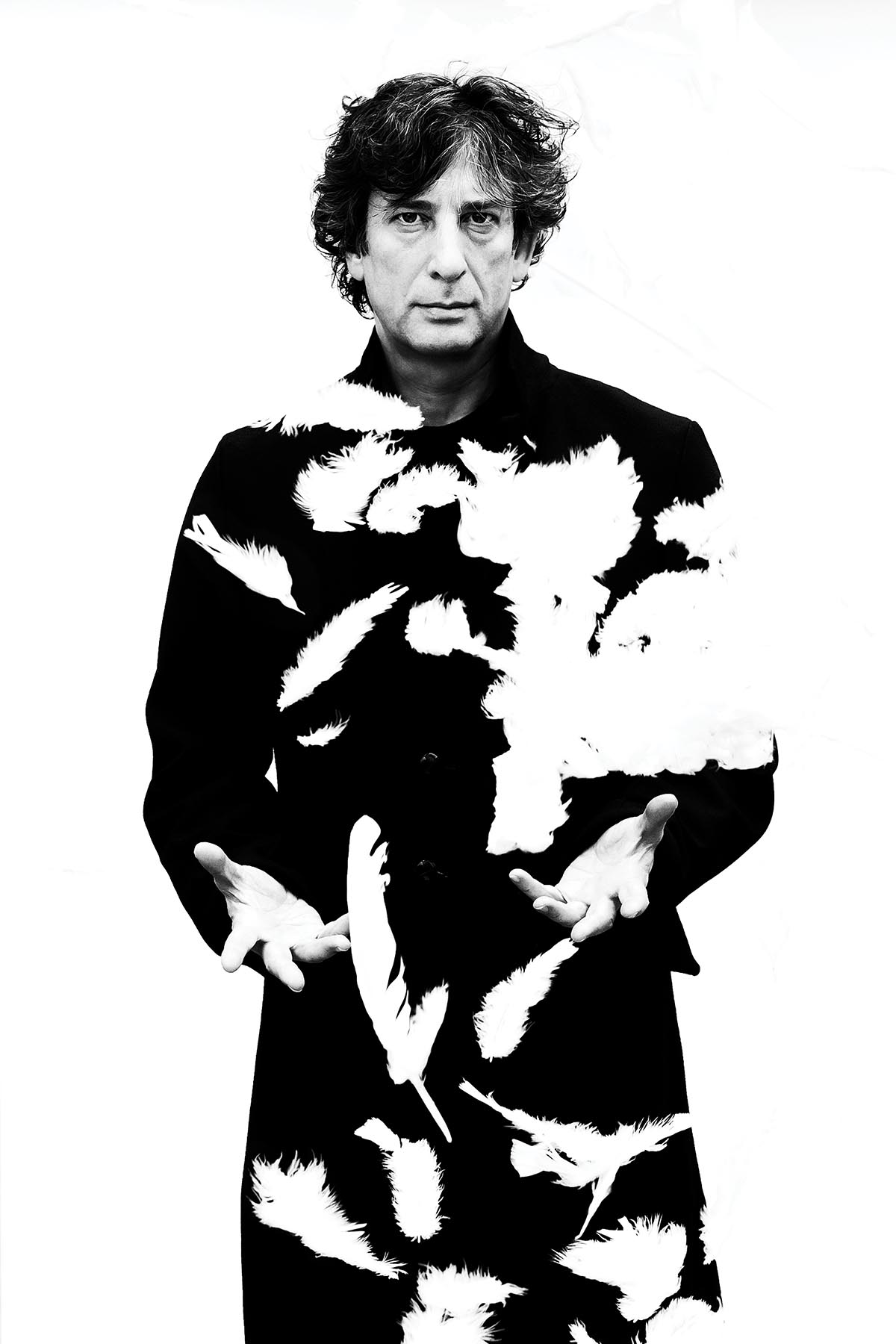
Neil Gaiman
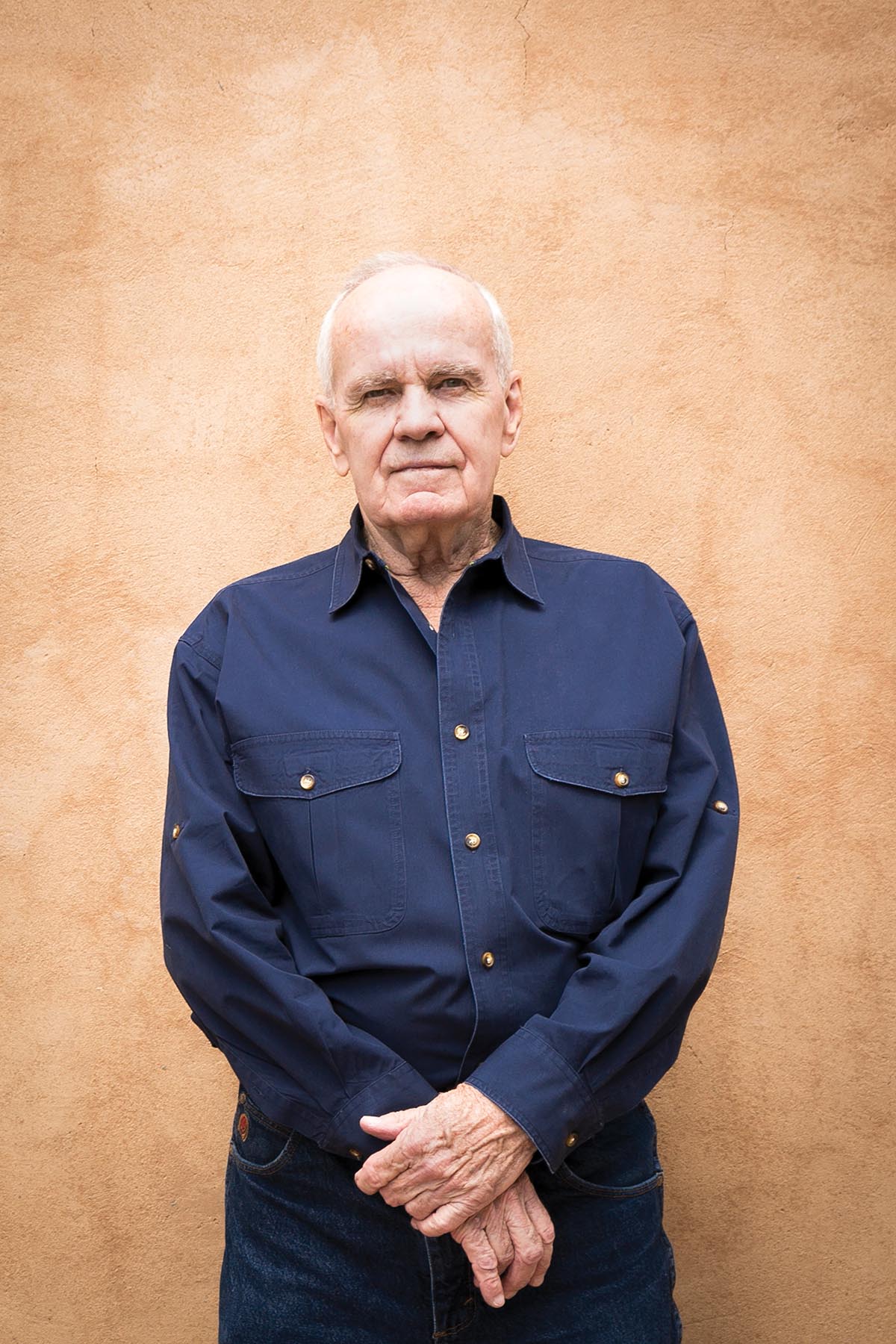
Cormac McCarthy
If the author’s photo is to appear on the book’s front cover, the publisher’s art director and editor choose the author’s clothes, environment, and engagement with the reader; it’s up to Sheehan to capture the author’s inner self, as he did for the cover of Jason Rezaian’s book “Prisoner,” The Washington Post bureau chief’s account of his 18-month imprisonment in Iran. “His memoir is an incredibly harrowing story of perseverance, of the strength of the mind to endure,” Sheehan says. The art director wanted a sense of prison walls, and her visual inspiration was Irving Penn’s portraits with triangular backgrounds. Sheehan’s black-and-white image has Rezaian, arms crossed and wearing simple black shirt and pants, standing in the corner of two intersecting gray walls. Rezaian’s expression suggests simply surviving. “Photographing someone like Jason shows me what a superhero really is,” Sheehan says.
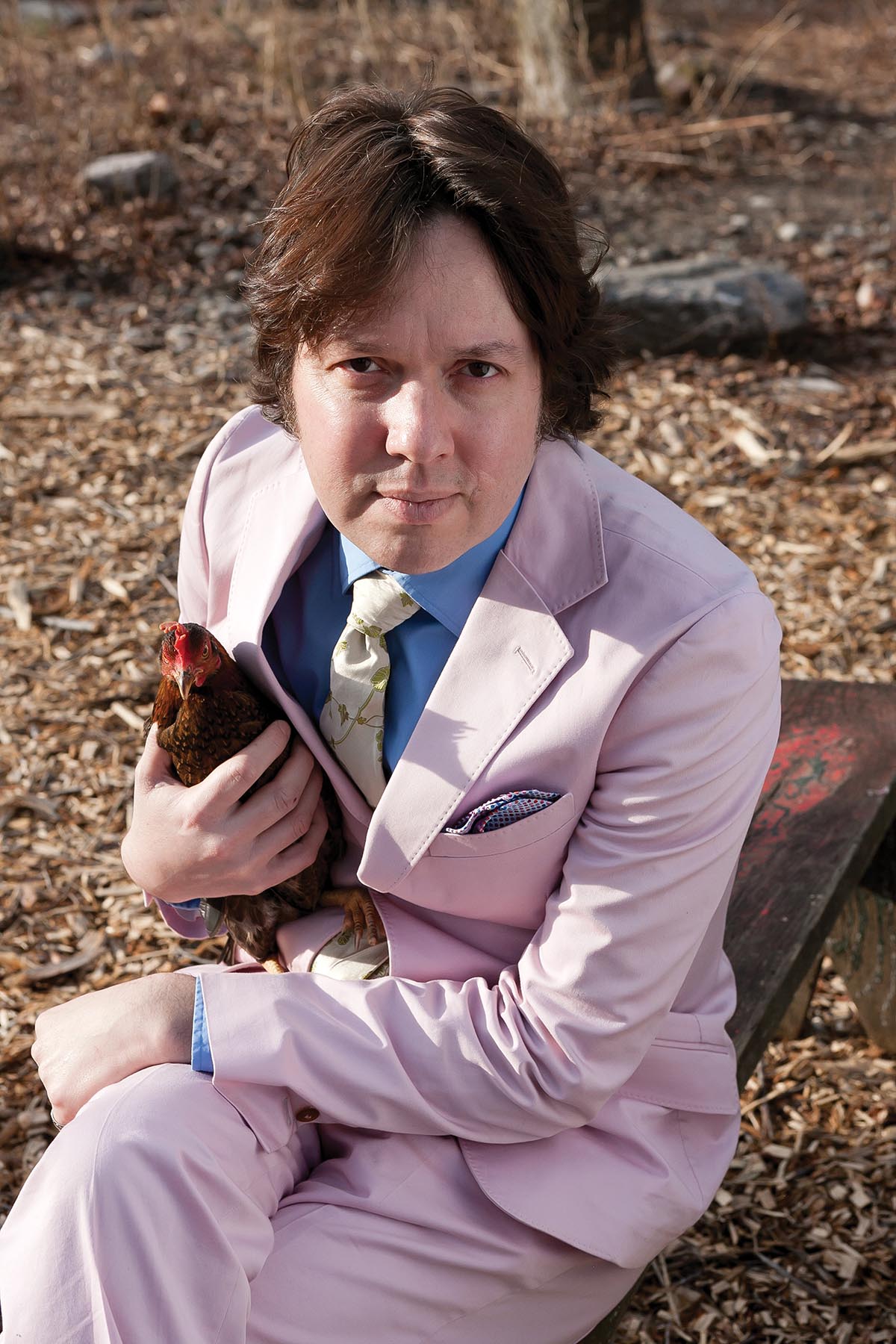
Dave Hill
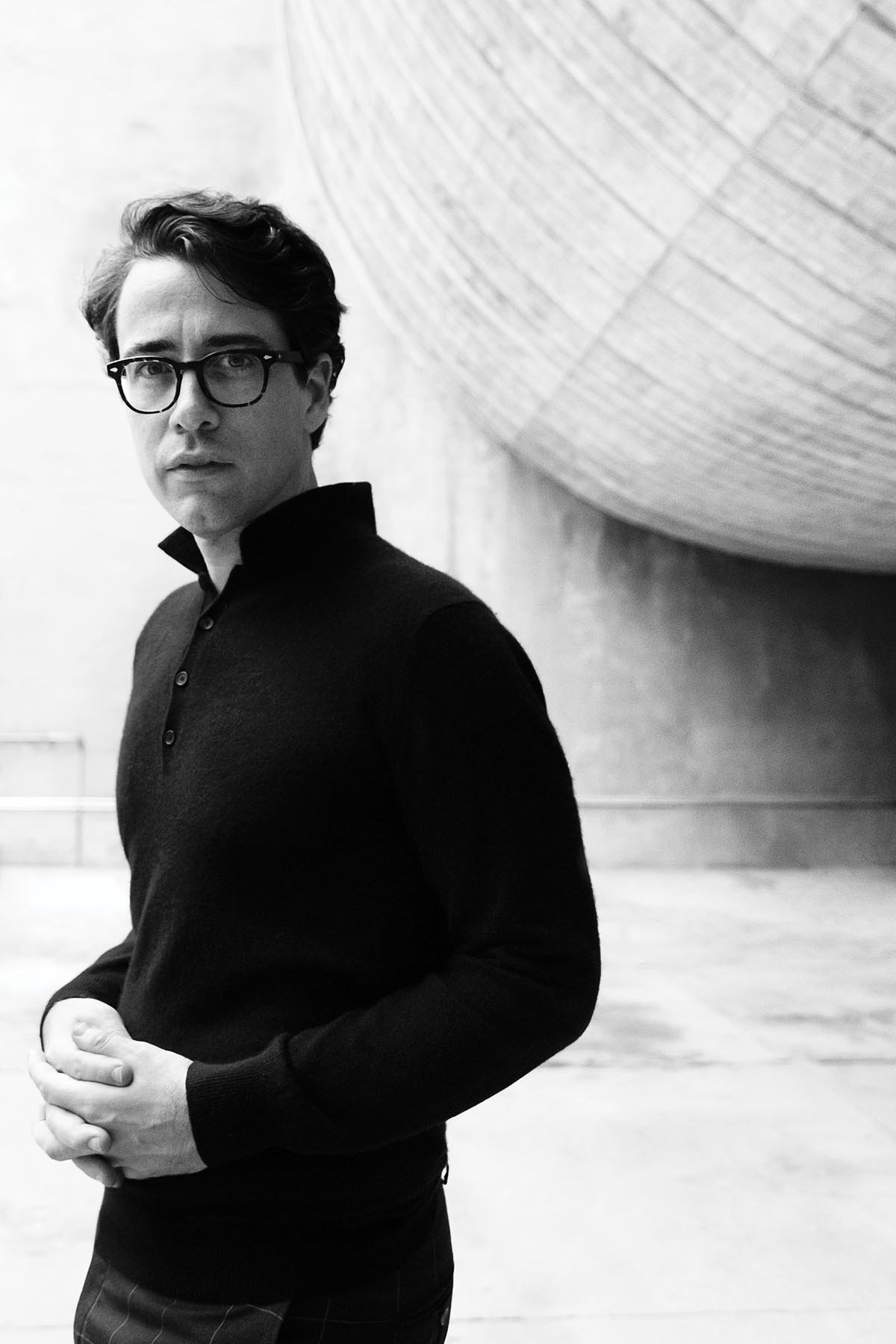
Ben Moser
REAL HEROES
The son of a father raised in the Bronx and a mother raised in Hamburg, Germany, Sheehan had asthma as a kid, which kept him from getting to first base in kickball, he says. “So, my world was books. Spider Man could jump over buildings by spinning a web, and metaphorically I could do the same.” From comic books to monster books to adventure books to Jack London to Earnest Hemingway, his love for literature “grew and grew and grew,” he says. “And superheroes are still very much there for me, they just happen to be real now.”
His camera-toting maternal grandfather planted the photography seed. “He would squat his 6-2 body down, down, down to be able to be level with me, photograph me with that Zeiss Ikonta camera that, at that point, was a half-century old, and make the pictures,” Sheehan says. “I was fascinated by that.” But it wasn’t until he was a high school freshman in southern Florida that he started using his father’s Konica camera. As the new kid in a school where all the other boys were talking about girls and football, Sheehan used money saved from a summer job to become the Miami Dolphins’ youngest season ticket holder. He took his father’s camera, tripod, and long lens to photograph the action, shared the prints with fellow students, and took a different kid with him to each game. “I started to make friends,” he says. “It was my first exposure to the power of photography to build bridges.”
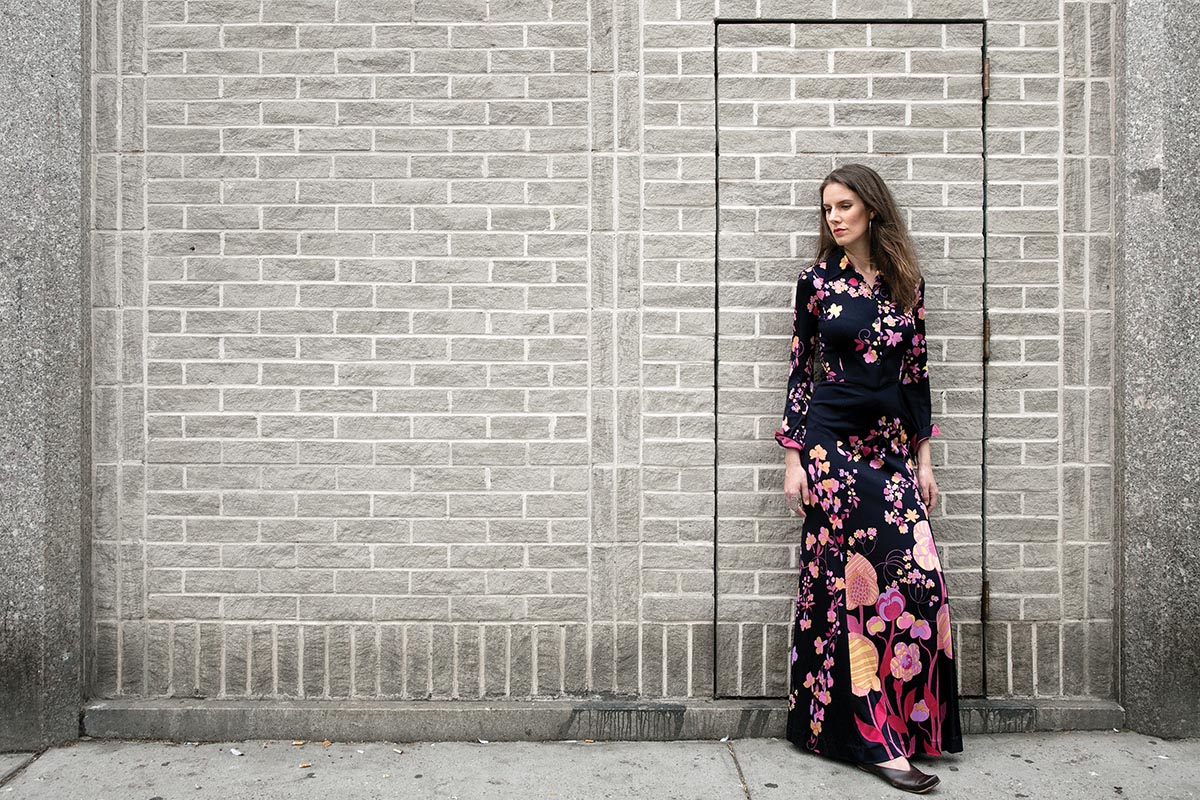
Leslie Jamison
Though his love of literature maintained its course through his life, his destiny in photography took several detours. While attending Notre Dame, his favorite classes were Introduction to Sculpture and the freshman seminar class Fiction as History 1955-1985. “Sculpture gave me the chance to look at a human being and re-create that person’s likeness in three dimensions and get the sense where highlights and shadows should fall,” he says. The seminar class deepened his appreciation of literature’s influence in society and included the book “Less Than Zero” by Bret Easton Ellis, whom Sheehan would photograph 30 years later.
Sheehan’s father pushed him to pursue a business career, and after earning a degree in finance, he returned to Fort Lauderdale. While waiting for a job interview at a Miami bank, Sheehan read a magazine article about German catalog photographers who were using then-deserted Miami Beach as a location because it had better light and was less expensive than European beaches. “I realized, OK, I speak German, it’s photography, it’s creative, and it’s on the beach every day. That sounds pretty great for someone who is 22 years old.” Two weeks later Sheehan was working for a model agency on Ocean Drive while studying sculpture at the South Florida Art Center.
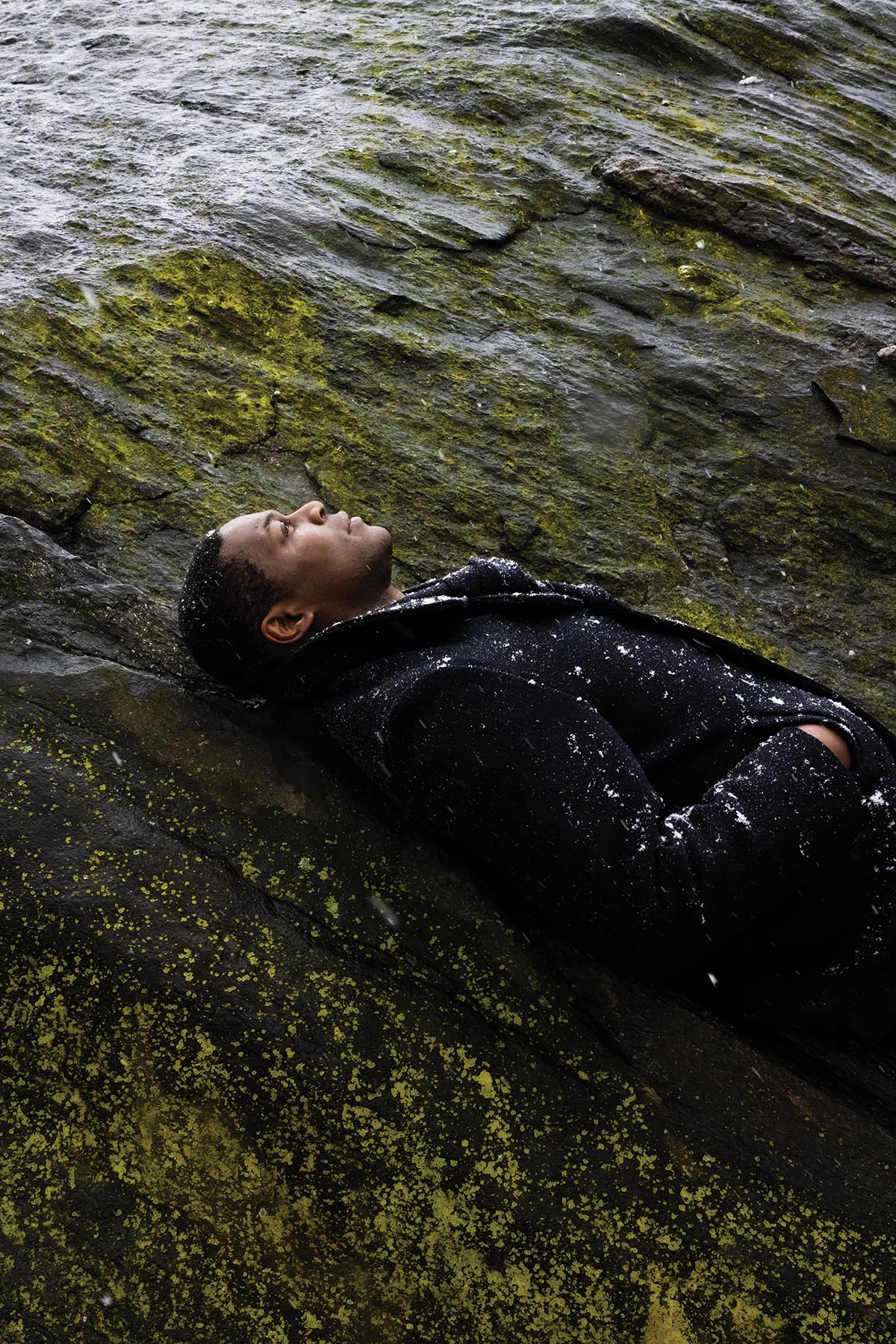
Obi Abili
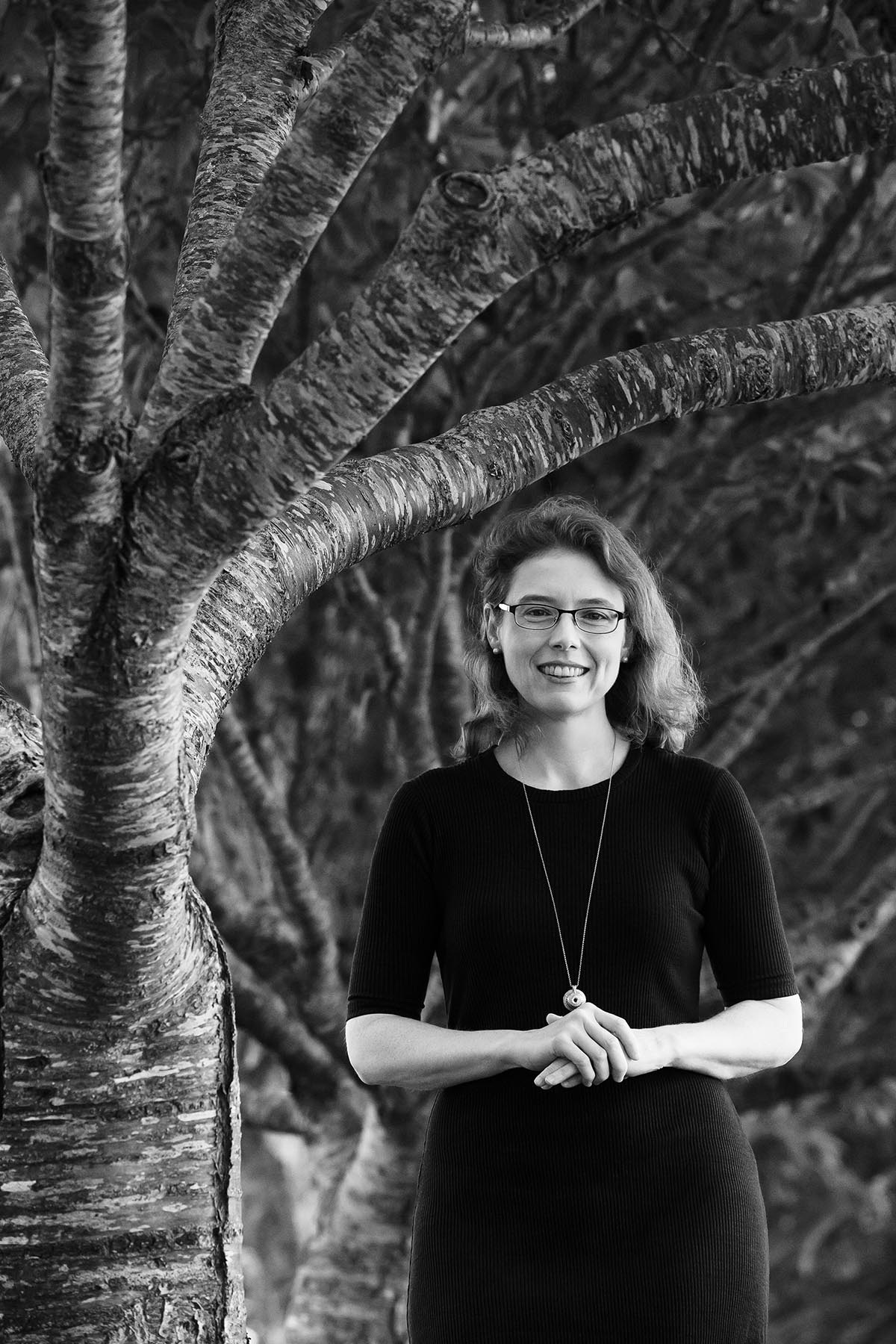
Madeline Miller
Merging his love of arts with his father’s wish for him to work in business, he decided on a career as a gallerist and pursued a master’s degree at New York University.
Choosing his second-year elective, “I thought to myself, I’ve painted, I’ve etched, I’ve sketched, I’ve sculpted, and I’ve photographed, but I’ve never made a print before. I wonder what that’s like?” In that darkroom class he fell fully in love with photography and sealed his decision to make it his career. After finishing at NYU, he enrolled at the International Center of Photography and started photographing fashion and music at night and on weekends.
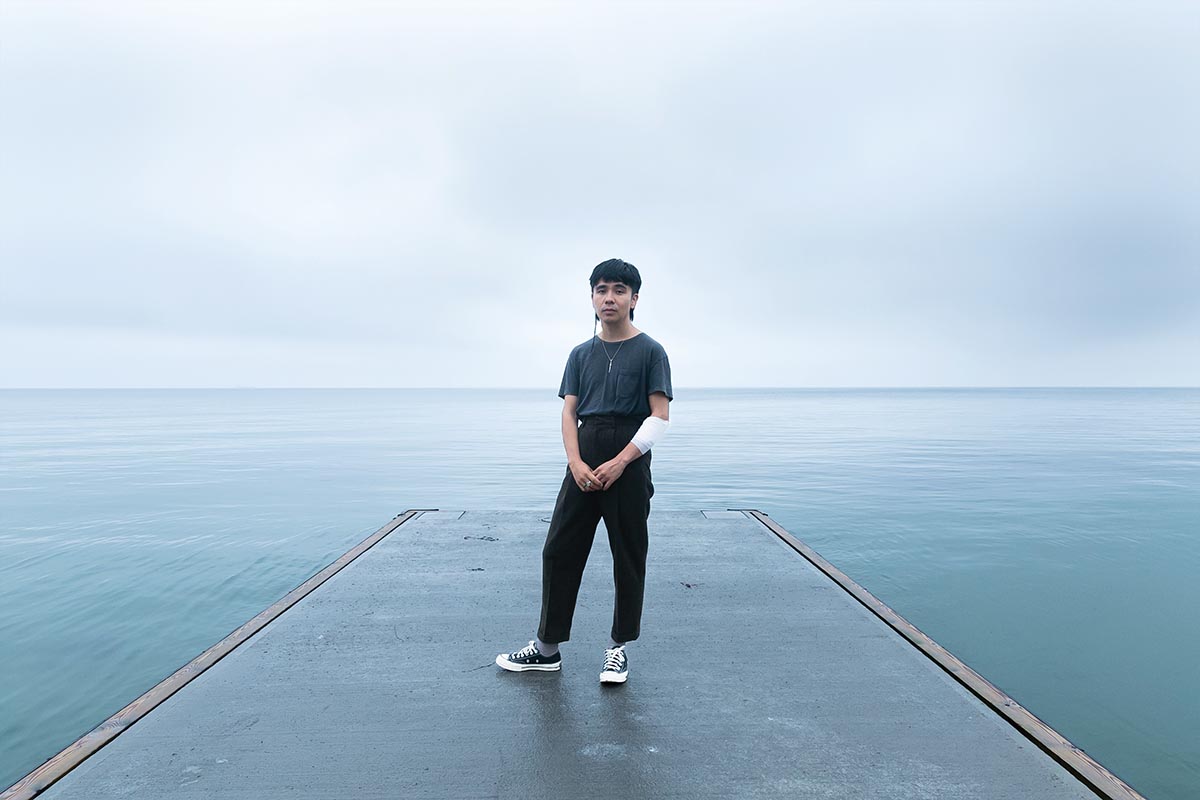
Ocean Vuong
LOVE IS ALL
Three happenstance occurrences led to his current niche. A portrait Sheehan made for Vogue Japan of a model who wrote a memoir was seen by HarperCollins, and the pubisher contacted him about photographing its writers. To engage the local German community, Sheehan hung out at NYU’s Deutsches Haus, which had a writer-in-residence program. Sheehan photographed the visiting German authors. Among them was Daniel Kehlmann, whose German publisher licensed his photographs. Meanwhile, a fellow ICP student, tapped to photograph the first PEN World Festival of International Literature in 2005, was unable to do so and recommended Sheehan. “Eighteen years later, I’m still the lead photographer of that festival.” Among its founders was Salman Rushdie, “who went on to be a great champion for my work,” Sheehan says.
Sheehan had emerged into his dream career, combining his love of words and photography. But it’s the first word in those phrases that Sheehan offers as the key to a successful career. “The thing that has to rise above all other drivers to becoming a photographer is love,” he says.
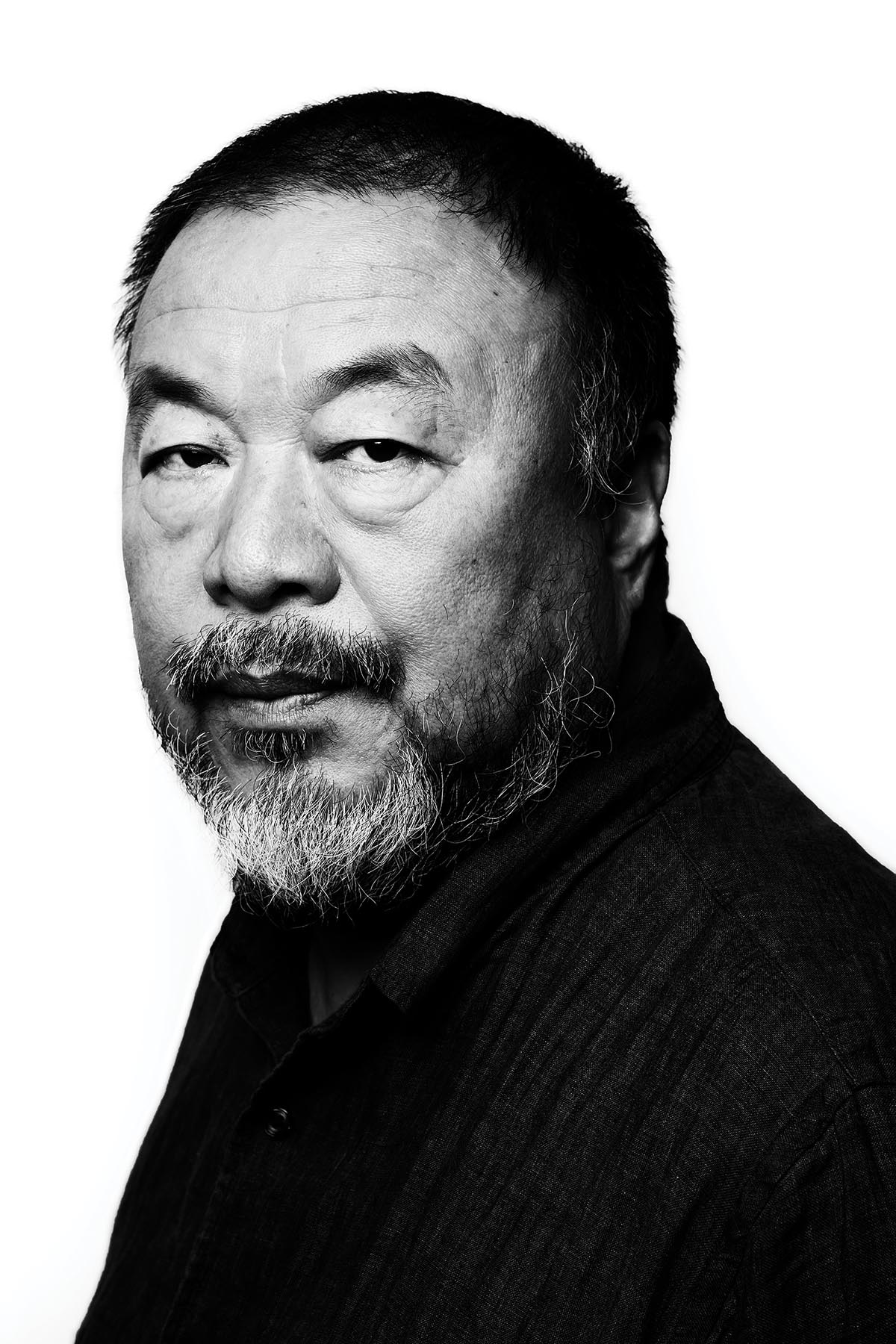
Ai Weiwei
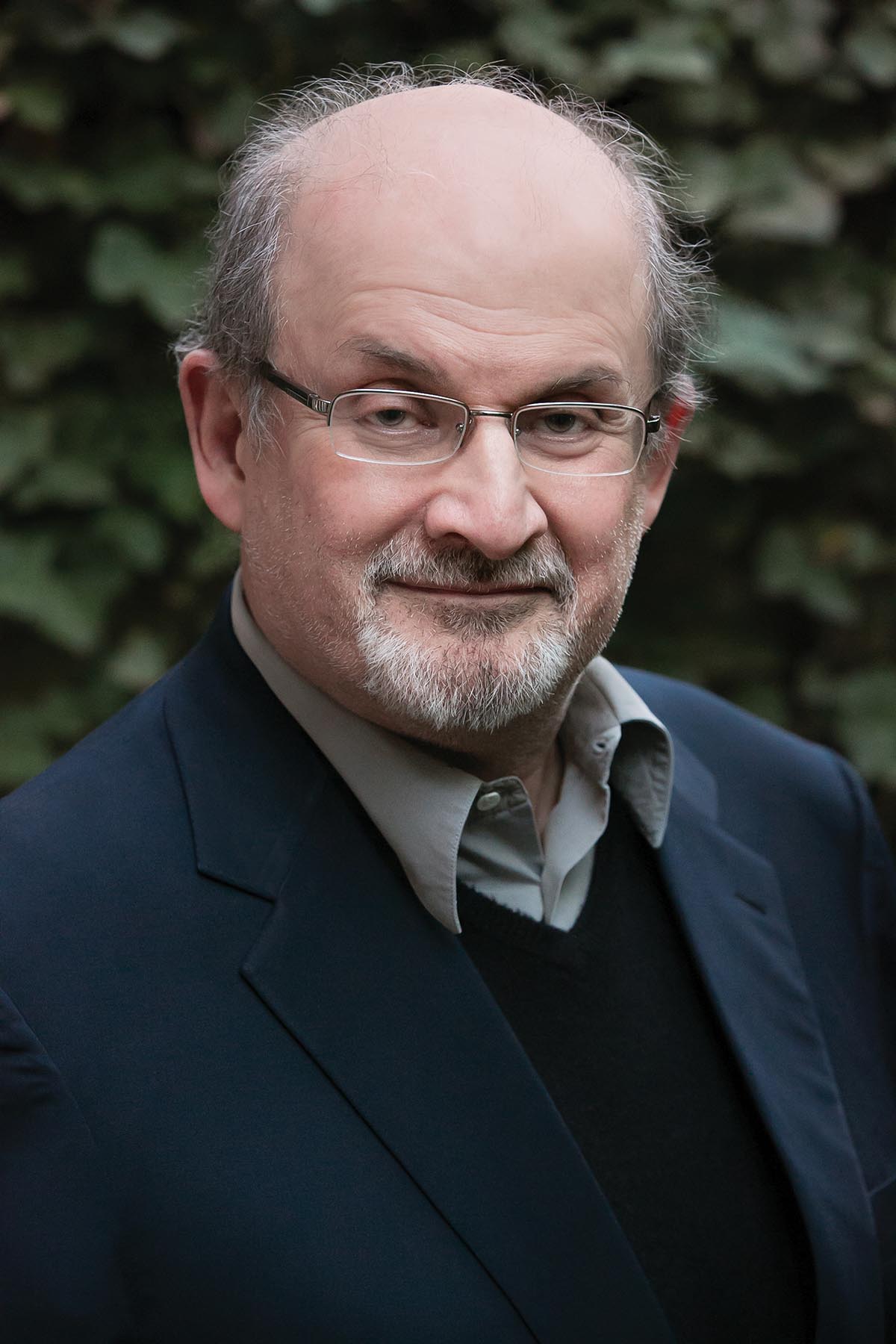
Salman Rushdie
“Can you see that you will stay in love with this thing through the hard times? Can you look at this beautiful creature of art, making photographs, and say to yourself, I think I’m going to love this all my days? And in time, if I stay in love, will good things happen? Well, isn’t that the nature of love? When you start, opportunities don’t come from outside, they come from inside. Make great pictures for yourself because, ultimately, it has to be something that nourishes you in your heart and head. The rewards come later as you get deeper and deeper in love. Hopefully that love becomes infectious. The circle grows, life gets better, and wonderful things happen.”
Eric Minton is a writer and editor in Washington, D.C.
Tags: portrait photography

